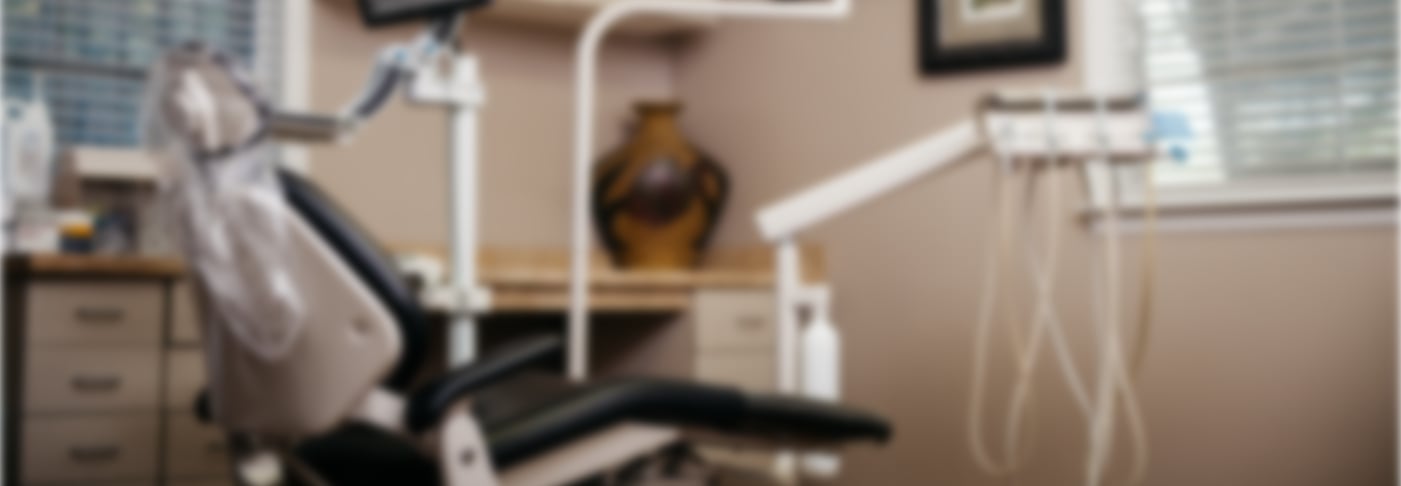Not sure what the difference between dental x-rays and CT-scans are? If you’re going in for a dental cleaning/exam, it’s good to know the difference beforehand, as they are both valuable tools in determining the health of your teeth and gums.
It’s also important to know if your dentist even offers CT-scan imaging. Many don’t, as it’s common (and dated) practice to only provide dental x-rays. Here at Perdido Bay Dental we offer X-rays, CT imaging, and other dental technologies, to ensure we’re getting the most accurate picture of each patient’s mouth.
What are Dental X-Rays?
Dental X-rays are photographs of the teeth, bones, soft tissues and gums around them to help find problems and diseases within the teeth, mouth, and jaw. X-ray pictures can show cavities, teeth that have not yet erupted through the gums, and bone loss that cannot be seen during a standard visual examination. Dental X-rays may also be done as follow-up after dental treatments to make sure a procedure worked.
Types of Dental X-rays
- Bitewing X-rays show both the upper and lower back teeth in the same photo. These X-rays are used to show any decay in the teeth and how will the back teeth align when you bite down.
- Periapical X-rays show the entire tooth, from the exposed top of the tooth to the root and bone that supports the tooth. Periapical X-rays are used to find issues below the gumline that the naked eye cannot see, like cysts, bone loss, and impacted teeth.
- Occlusal X-rays show the top or bottom of the mouth, and help find potential extra teeth, or teeth that have not yet broken through the gum line. Occlusal X-rays also can show fractures in the jaw, cleft palate issues, and other growths.
- Panoramic X-rays show the entire lower jaw area, from the sinuses to the nose to the jaw. These X-rays can show any number of problems from bone abnormalities to cysts and growths to bite and jaw alignment issues.
What Are CT-Scans?
By contrast, a CT scan produces extremely detailed images of the body (or just mouth in this case) by taking a 360-degree image of an area. It can provide images of organs, bones, soft tissue, blood vessels and more, whereas an X-ray is primarily used to detect issues in bone. A CT scan is often used to diagnose cancer, musculoskeletal disorders, infections, and more. A dental CT scan creates a 3D image of dental structures, soft tissues, nerve pathways and bone in just one scan.
A traditional CT scan involves your entire body being placed into a large tube to create the images. A dental CT scan is a little different. It’s called a cone beam CT, where an X-ray beam in the shape of a cone is moved around the patient to create the images. A dental CT scan emits a lot less radiation than a traditional CT scan.
The dental CT scan helps to diagnose diseases of the jaw, bony structures of the face, nasal cavity and sinuses. However, it does not provide the full diagnostic abilities of the conventional CT, especially when it comes to muscles, lymph nodes, and nerves. Dentists use them to find impacted teeth, diagnose temporomandibular joint (TMJ) disorder, ensure accurate placement of dental implants, evaluating bone structure, and more.
If you would like to schedule an appointment to have a dental CT-scan performed here at Perdido Bay Dental, please call us today at (850) 542-4428. We’re here to help.

